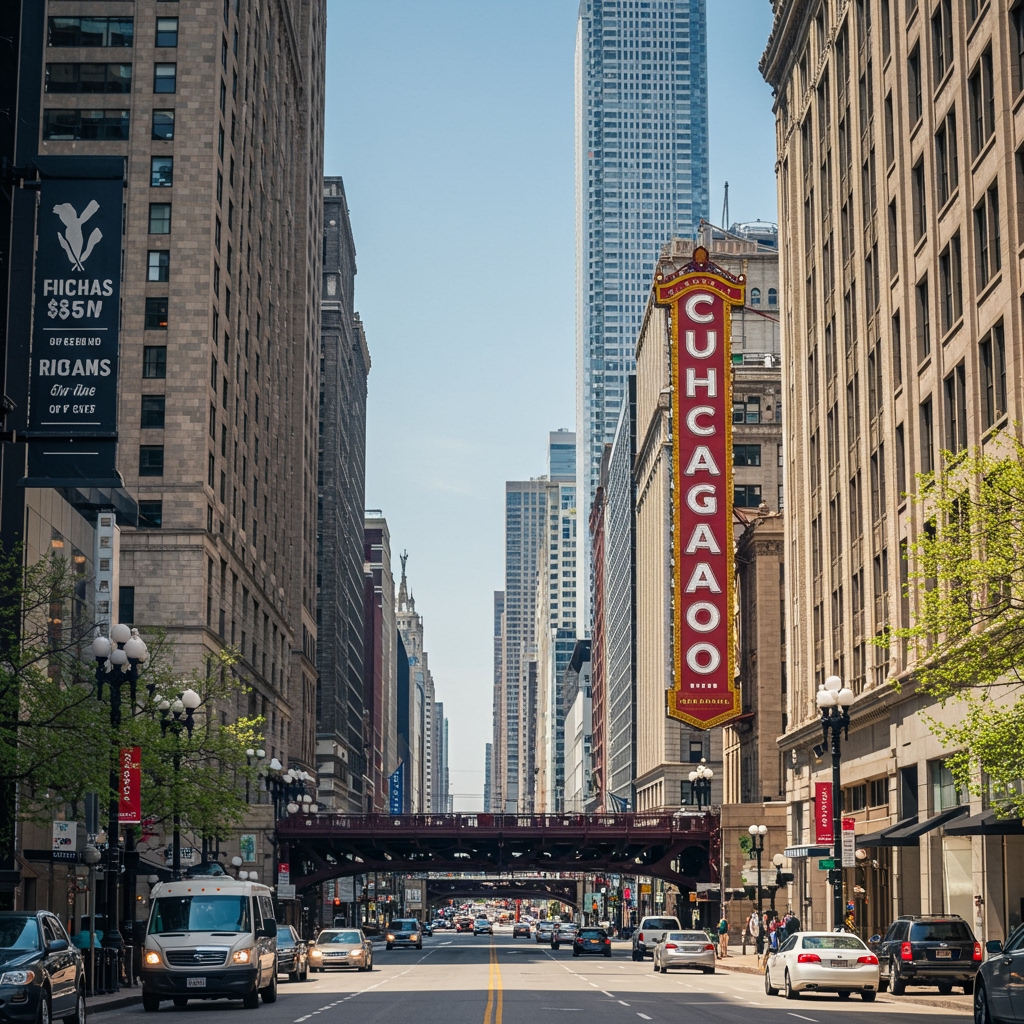CHICAGO, IL — In a significant move aimed at ensuring the safety and security of residents and visitors alike, Chicago city officials today announced comprehensive security enhancements specifically targeting the anticipated influx of tourists during the busy spring and summer months. The initiative is being jointly led by the Office of Emergency Management and Communications (OEMC) and the Chicago Police Department (CPD), underscoring a coordinated, multi-agency approach to public safety.
With Chicago consistently ranking as a top tourist destination, the city recognizes the critical importance of providing a secure environment that allows visitors to comfortably enjoy its world-renowned attractions. The warmer seasons traditionally bring a substantial increase in foot traffic, particularly in popular recreational and cultural hubs. This proactive enhancement of security protocols is designed to address the unique challenges and opportunities presented by this seasonal surge in activity.
Targeted Areas Receive Heightened Focus
These new security measures are strategically focused on high-traffic areas that are most popular with tourists and frequently host large gatherings or events. Prominent among these locations are the city’s vibrant downtown districts, including the central business areas, shopping corridors, and entertainment zones. Additionally, major lakefront parks are receiving heightened attention, specifically naming iconic destinations such as Millennium Park and Grant Park. These parks serve as major centers for cultural events, recreation, and sightseeing, making them central to the visitor experience and, consequently, key priorities for enhanced security planning.
Multi-Layered Security Enhancements Detailed
The announced security plan comprises a multi-layered approach, integrating traditional policing methods with modern technological capabilities. A cornerstone of the enhancement is an increased uniformed officer presence throughout the designated high-traffic areas. This will include additional officers on foot patrol, bike patrol, and in marked vehicles, ensuring high visibility. The increased presence serves multiple purposes: deterring potential criminal activity, providing a sense of safety for the public, and allowing for faster response times to any incidents that may occur. Officers will be briefed on visitor engagement strategies to balance security duties with being a welcoming resource for tourists needing assistance or information.
Complementing the visible police presence is an expanded deployment of surveillance technology. This involves the installation of additional camera installations in strategic locations within the targeted downtown districts and lakefront parks. These cameras are integrated into the city’s existing network and monitored by personnel at the OEMC’s state-of-the-art operations center. The expanded camera network will enhance situational awareness, allowing city officials to monitor crowd levels, identify potential public safety concerns in real-time, and gather critical information should an incident occur. This technological layer provides an essential tool for both preventative monitoring and post-incident analysis.
Furthermore, the plan includes the implementation of potential screening checkpoints at entry points for large public events held in these areas. While not a constant feature, these checkpoints may be activated depending on the nature, size, and risk assessment of specific events. Such screenings could involve bag checks, metal detection, or other appropriate measures designed to prevent prohibited items from entering crowded event spaces. The decision to implement checkpoints will be made on a case-by-case basis, prioritizing public safety while aiming to minimize inconvenience and facilitate smooth access for attendees. The goal is to create secure perimeters for major events without hindering the overall accessibility of the parks and downtown areas during routine hours.
Collaborative Planning and Forward-Looking Strategy
The development and execution of these security enhancements represent a collaborative effort between the OEMC, which plays a crucial role in citywide emergency management and coordination, and the CPD, the primary law enforcement agency responsible for patrolling and responding to incidents. Officials emphasized that planning has been underway for several months, taking into account anticipated event schedules, historical data on visitor patterns, and current threat assessments.
This initiative is characterized as a distinctly proactive step taken in anticipation of the significant visitor influx expected during the `spring and summer months`. Rather than reacting to events, the city is positioning itself to manage the increased activity levels with robust, visible, and technologically supported security measures from the outset of the peak season.
Ensuring Safety While Welcoming Visitors
The overarching objective of these enhanced protocols is twofold: to ensure public safety for everyone enjoying Chicago’s attractions and public spaces, while simultaneously facilitating access to the city’s many offerings. City officials stated their commitment to making Chicago a safe and welcoming place for all visitors. The enhanced security is intended to bolster confidence and allow people to fully experience the city’s vibrant culture, beautiful parks, and dynamic downtown environment without undue concern for their safety.
The city will continue to assess the effectiveness of these measures and make adjustments as needed throughout the season. Public awareness campaigns may also be launched to inform both residents and visitors about the enhanced security presence and encourage reporting of suspicious activity. The combined efforts of increased personnel, expanded technology, event-specific screenings, and inter-agency coordination aim to create a secure and enjoyable atmosphere for what is expected to be a busy and vibrant spring and summer in Chicago.













